By: Dr. Elizabeth Eggert
If your teeth had a wish list, what would be on it? Likely, they’d be dreaming of a life full of health, strength, and sparkle. Teeth work hard for you every day, helping you eat, speak, and flash a confident smile. In return, they have a few simple wishes that can keep them at their best. At Eggert Family Dentistry in North Oaks, MN, Dr. Elizabeth Eggert and Dr. Jeff Eggert are dedicated to helping your teeth fulfill these dreams. Let’s dive into what might top their wish list.
First on the list:
“Keep me clean and healthy!” Your teeth long for proper care, which includes brushing at least twice a day with fluoride toothpaste and flossing daily. This keeps plaque at bay and prevents cavities and gum disease. Regular professional cleanings and exams are also a must. At Eggert Family Dentistry, our hygienists excel at keeping your teeth sparkling clean while checking for any potential issues. Dr. Elizabeth Eggert and Dr. Jeff Eggert will also ensure your teeth and gums are in excellent shape by catching problems early and offering personalized care plans.
What else makes the list?
Second, your teeth might wish for a little extra protection. Think about custom-fit mouthguards if you grind your teeth at night or play sports. These simple tools can prevent cracks, chips, and wear and tear. Eggert Family Dentistry offers high-quality mouthguards tailored to your needs, helping your teeth stay strong and protected. Additionally, fluoride treatments and dental sealants might be on your teeth’s wish list to provide an extra shield against decay.
Lastly, your teeth probably dream of looking their best. Whether it’s whitening treatments to brighten your smile, orthodontic solutions to straighten your teeth, or restorative work like crowns and veneers to repair damage, Eggert Family Dentistry has you covered. Dr. Elizabeth Eggert and Dr. Jeff Eggert combine expertise with state-of-the-art technology to make your smile’s wishes come true. When your teeth look great, you’ll feel more confident—and your teeth will thank you!
How to give your teeth what they desire?
Your teeth do so much for you, and they deserve a little pampering in return. By sticking to good oral hygiene habits, scheduling regular dental visits, and considering additional treatments when needed, you’ll help your teeth check everything off their wish list. At Eggert Family Dentistry, we’re here to make it happen. Call us today at 651-482-8412 to schedule an appointment and give your teeth the care they deserve!


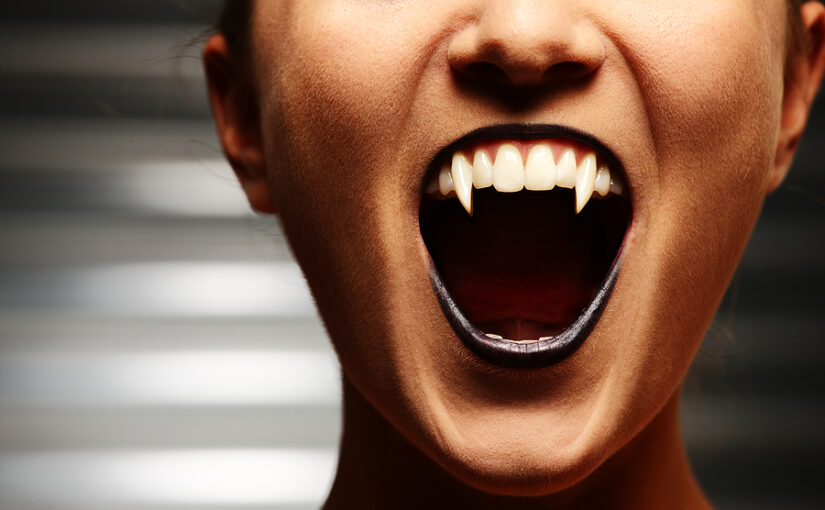
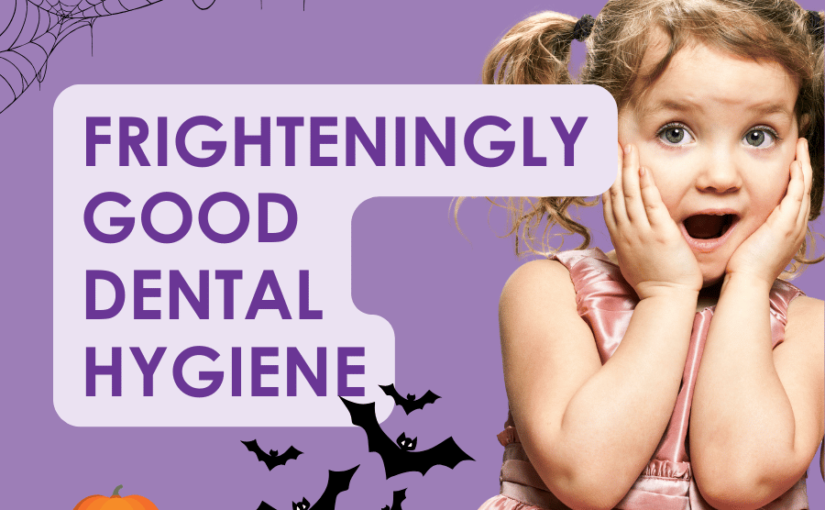

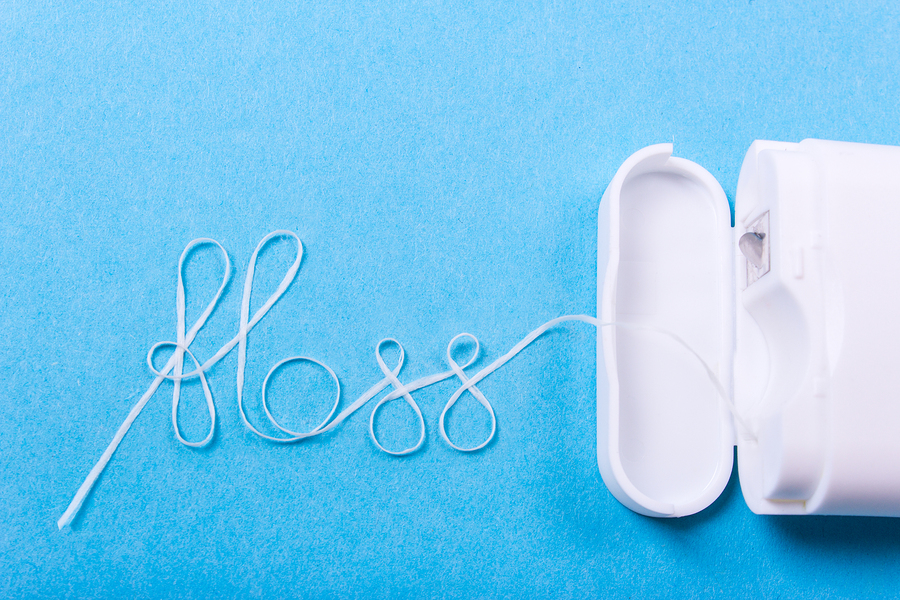

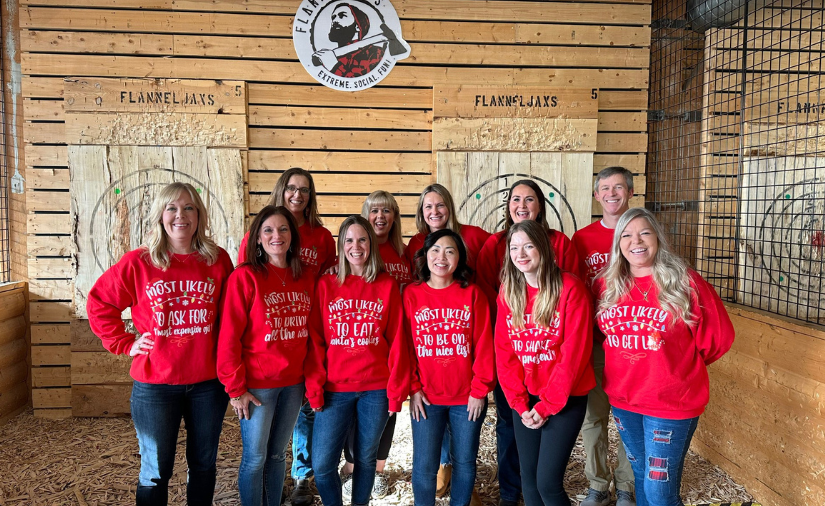





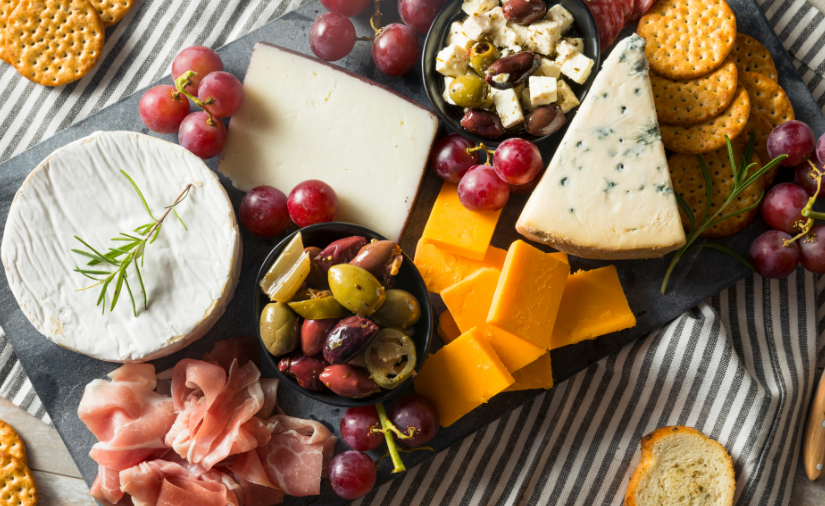
 I am a foodie, I confess. As a dental hygienist I have had the opportunity to talk about nutrition, recipes and good eats with patients for over 30 years. Food is truly a universal language.
I am a foodie, I confess. As a dental hygienist I have had the opportunity to talk about nutrition, recipes and good eats with patients for over 30 years. Food is truly a universal language.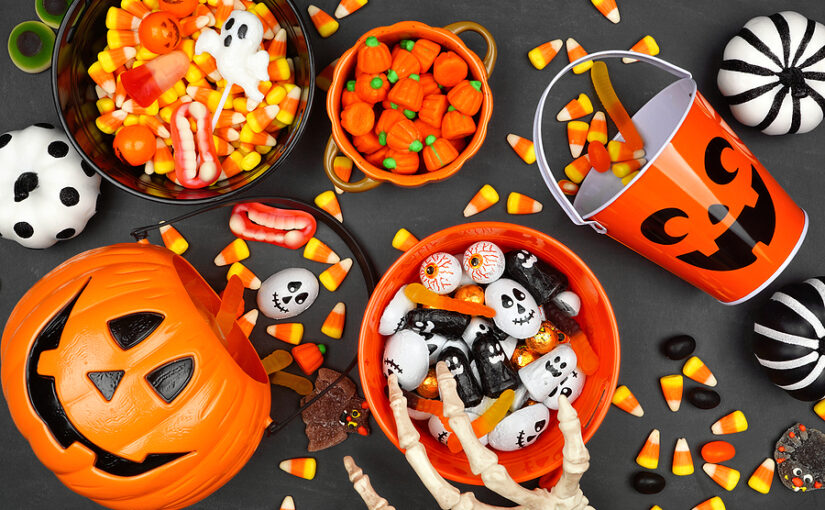
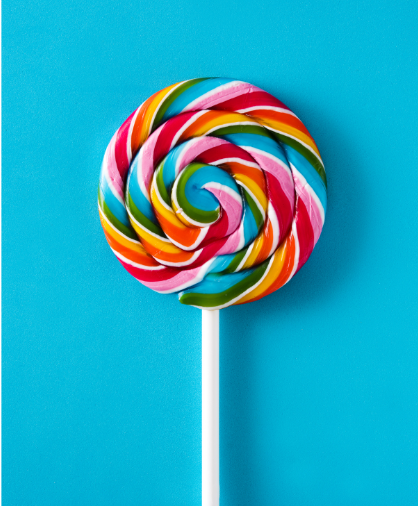 Candy on a stick, such as lollipops or rock candy, is meant to be enjoyed over time. Because it lingers in your mouth, it increases the production of saliva. However, instead of the saliva doing its job and rinsing bacteria out of your mouth, it only spreads the sugar around. Additionally, your mouth produces acid in an attempt to destroy the sticky sugar that then coats your teeth. The acid and sugar team up to break down tooth enamel and, with repeat exposure, can result in tooth decay.
Candy on a stick, such as lollipops or rock candy, is meant to be enjoyed over time. Because it lingers in your mouth, it increases the production of saliva. However, instead of the saliva doing its job and rinsing bacteria out of your mouth, it only spreads the sugar around. Additionally, your mouth produces acid in an attempt to destroy the sticky sugar that then coats your teeth. The acid and sugar team up to break down tooth enamel and, with repeat exposure, can result in tooth decay.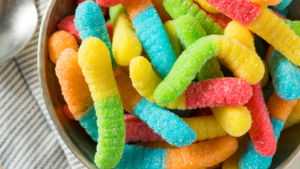 You might be wondering where sour candy fits into the picture. Warheads, Sour Patch Kids, Sour Skittles…kids LOVE sour candy and love to challenge themselves and their friends to eat large quantities of it or hold the sour candy in their mouths for long periods of time.
You might be wondering where sour candy fits into the picture. Warheads, Sour Patch Kids, Sour Skittles…kids LOVE sour candy and love to challenge themselves and their friends to eat large quantities of it or hold the sour candy in their mouths for long periods of time.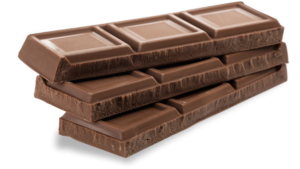 One of the most popular categories of Halloween candy are chocolates. While many have sticky centers like Twix, Rollos or Snickers, others like Hershey’s bars and Nestle Crunch dissipate quickly in your mouth, making them more dental-friendly than almost any other candy.
One of the most popular categories of Halloween candy are chocolates. While many have sticky centers like Twix, Rollos or Snickers, others like Hershey’s bars and Nestle Crunch dissipate quickly in your mouth, making them more dental-friendly than almost any other candy.

 “I enjoy working at Eggert Family Dentistry because we have a fun working atmosphere. Dr. Elizabeth and Dr. Jeff care for their patients and provide the best dental care for them.”
“I enjoy working at Eggert Family Dentistry because we have a fun working atmosphere. Dr. Elizabeth and Dr. Jeff care for their patients and provide the best dental care for them.” “I continue to love this profession! The quality of care I have had the privilege to provide over the years has been a direct reflection on those I have served. Meeting patients’ needs through listening, hands-on care and education has been so fulfilling. Our patients are the reason we do what we do.”
“I continue to love this profession! The quality of care I have had the privilege to provide over the years has been a direct reflection on those I have served. Meeting patients’ needs through listening, hands-on care and education has been so fulfilling. Our patients are the reason we do what we do.” “It is a pleasure to be part of the Eggert Family Dentistry team! We strive to make each visit a pleasant experience and to create a trusting relationship with each patient. I enjoy being part of a team that provides attentive care and top-notch education to help our patients maintain optimal health using the latest technology.”
“It is a pleasure to be part of the Eggert Family Dentistry team! We strive to make each visit a pleasant experience and to create a trusting relationship with each patient. I enjoy being part of a team that provides attentive care and top-notch education to help our patients maintain optimal health using the latest technology.” “At Eggert Family Dentistry, our entire team strives to make every patient our number one priority. We provide exceptional, personalized care in a small office setting. I enjoy working with Dr. Elizabeth and Dr. Jeff and contributing to the overall patient experience.”
“At Eggert Family Dentistry, our entire team strives to make every patient our number one priority. We provide exceptional, personalized care in a small office setting. I enjoy working with Dr. Elizabeth and Dr. Jeff and contributing to the overall patient experience.”